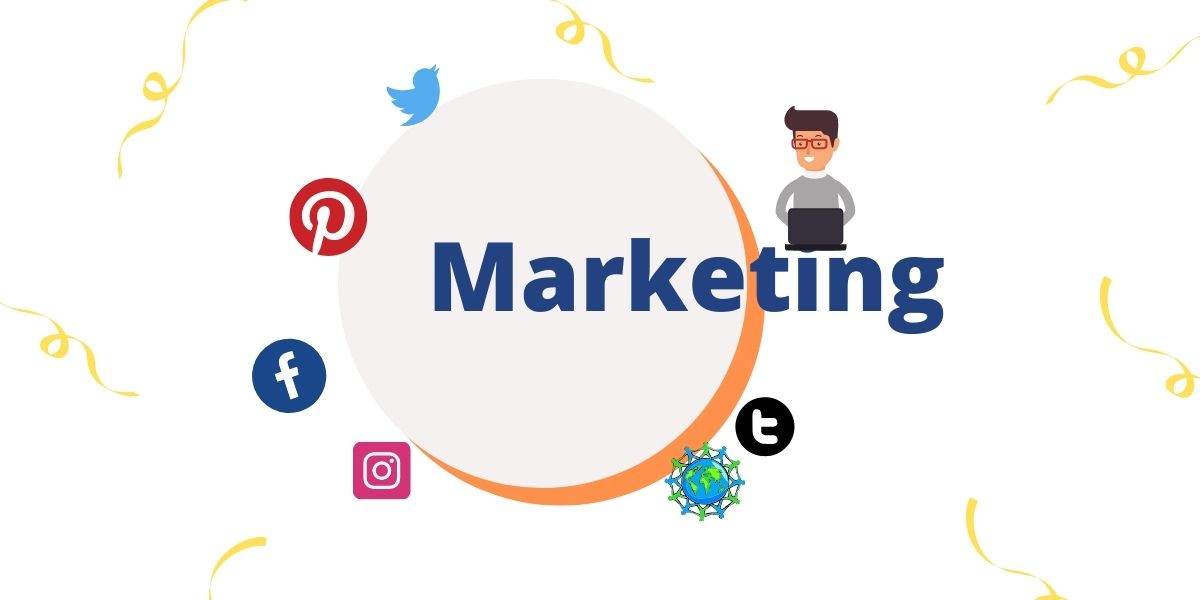Marketing
According to the RAE, marketing is the “set of strategies used to commercialize a product and stimulate its demand.” Sounds “simple,” right? I wish it were.
Although we have been in this business for years, feeling it and using it every day, it is still difficult to define what marketing is. It is because it is so broad that it could not remain locked into a simple definition.
So that definition is too small for us. Marketing is present in all stages of the business, from start to finish.
For its part, Hubspot gives us a definition with which we agree more:
Marketing is the process of getting people interested in a product or service of your company. It happens through market research, analysis, and understanding the interests of your ideal customers. Marketing refers to all aspects of a business, including product development, distribution methods, sales, and advertising.
Is it better right? However, to understand it better, we will break down the subject so that we have no doubts.
Table of Contents
We will Start with a Bit of the History of Marketing
Modern marketing started in the 1950s when people began using print media to promote a product. As television, and later the internet, entered homes, marketers were able to run entire campaigns across multiple platforms. And, as might be expected, over the past 70 years, marketers have become increasingly important in adjusting the way a business sells a product to consumers to optimize success.
Today, there are several types of marketing.
Marketing Types
Where your marketing campaigns are located depends entirely on where your customers spend their time. It is up to you to conduct market research to determine what types of marketing and what combination of tools within each class is the best for building your brand.
We share the most relevant types of marketing today:
Internet
The idea of having a presence on the Internet for commercial reasons is a type of marketing in itself.
Search Engine Optimization, aka SEO
It is the process of optimizing the content on a website to appear in search engine results. Marketers use it to attract people who conduct searches that imply that they are interested in a particular industry.
Blogs
Brands now blog to write about their brand and industry and engage potential customers who browse the Internet for information.
Social networks
Companies use Facebook, Instagram, Twitter, Linked In, and also other social networks to create impressions on their audience.
Prints
Even though we are in a world that is too digital, companies continue to pay for articles, photographs, and similar content in publications such as newspapers and magazines that go with their potential clients.
Search engines
This type of marketing is slightly different from the SEO that we discussed earlier. Businesses can now wage a search engine to place links on their index pages that have high exposure to their audience; it is a program known as pay per click (PPC).
Videos
While there were only commercials once, marketers now spend a lot of money creating and posting all kinds of videos that entertain and educate their top customers. Where? Well, where possible, social networks, public spaces, etc.
Marketing and publicity
“And what about the difference between marketing and advertising?” Ah, well, we explain.
As we mentioned earlier, marketing involves product development, market research, product distribution, sales strategy, public relations, and customer service.
Marketing is necessary at all stages of a company’s sales process. You can use numerous platforms, social media channels, and also teams within your organization to identify, communicate with, reach out to your audience, expand your voice, and develop customer loyalty. The brand over time.
On the other hand, advertising is just one constituent of [marketing]. It is a strategic effort, generally paid, to spread awareness of a product or service as part of the more global objectives described above. Simply put, it is not the only method use by marketers to sell a product.
Also read: Are Chatbots The Future Of Customer Relationships?

